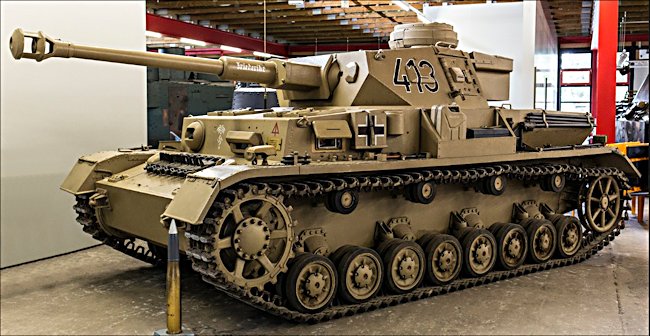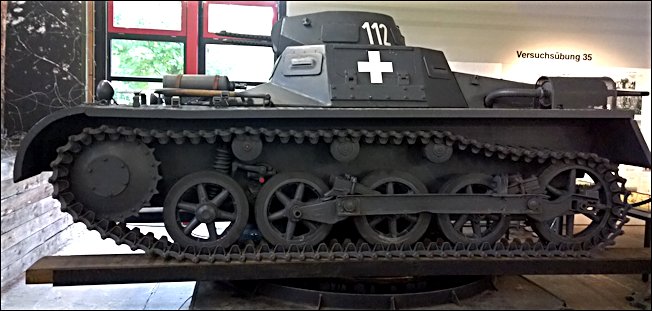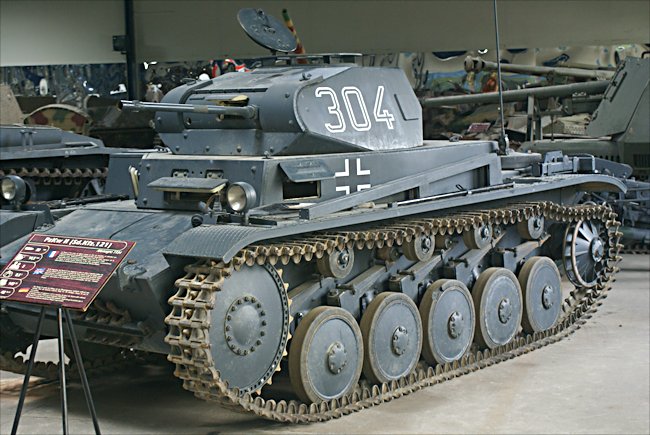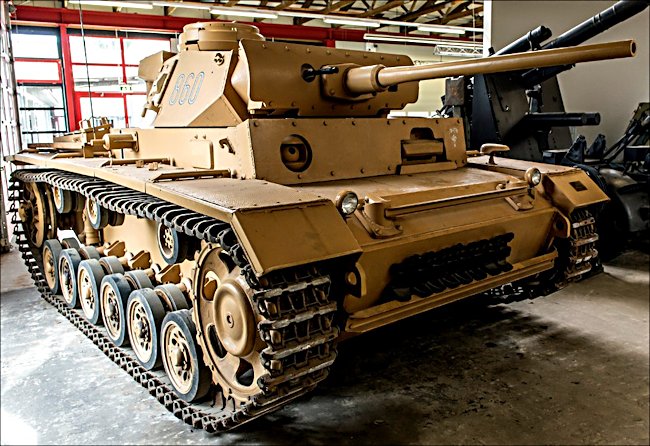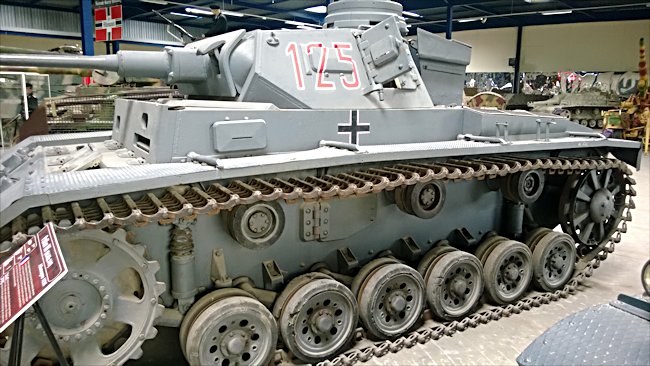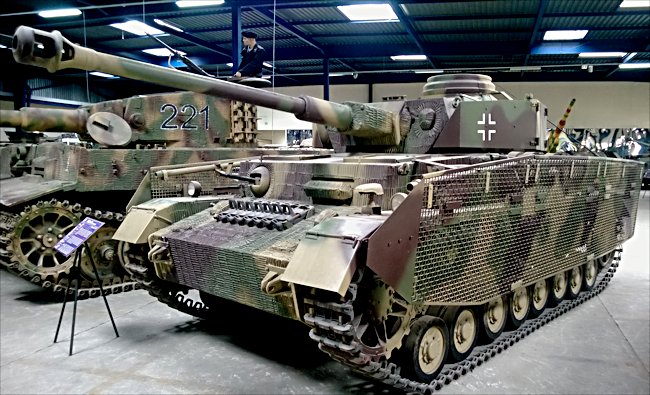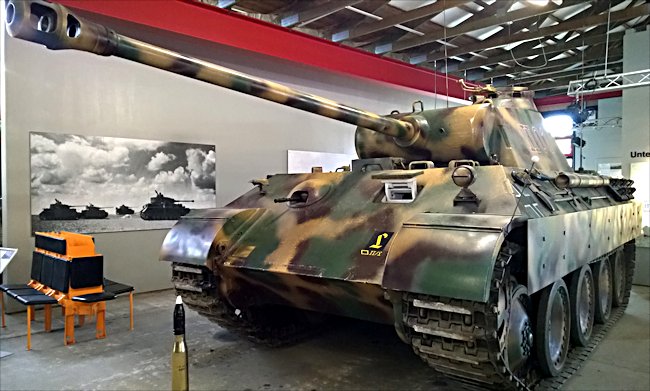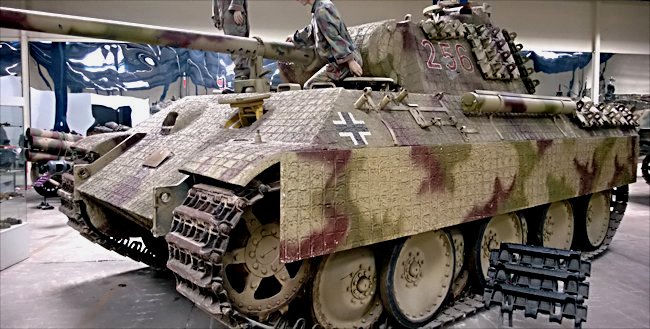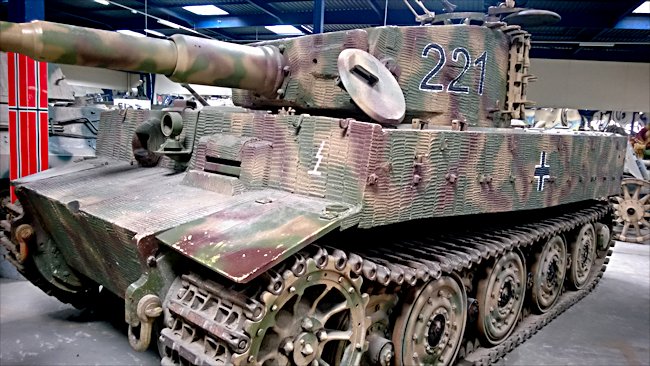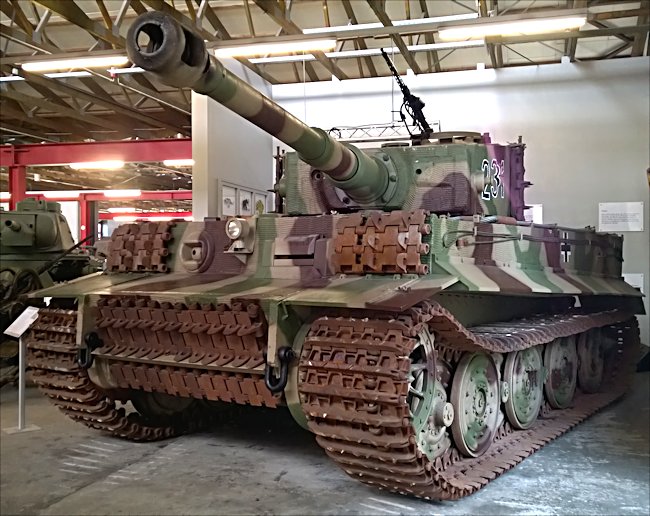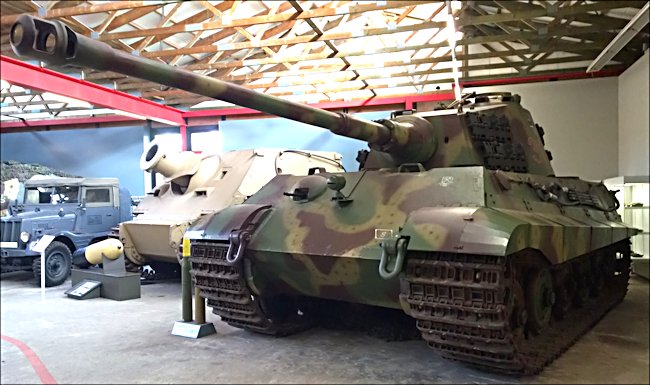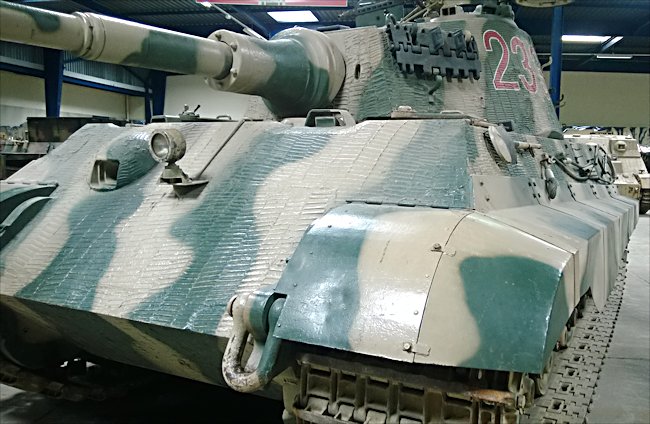Jeff,
Was it superior American carrier design or tactics (probably both) that reduced the American carrier loss so significantly after October 1942?
By 1943 the US was pumping out the Essex class fleet carriers. The first was CV-9, USS Essex, which was commissioned in December 1942. Six were commissioned in 1943, six more in 1944, and five more in 1945 before the end of the war. The rest of the class of 24 were commissioned after the war.
These carriers displaced about 32,000 tons for the short hull variant, and 37,000 tons for the longer hull. They carried between 90, to over 100 aircraft.
In addition, US Battle damage tactics were better. US combat construction and design were very strong too. Not a single Essex class carrier was lost...though several were heavily damaged, particularly by Kamikaze attack.
The US training of its pilots was another VERY key factor. The US did not keep its experienced fliers on the front line for ever. They would do a particular amount of time and then be rotated back to either command, or, in particular, to train new pilots. So arriving US pilots had a LOT of training and experience which they already benefited from.
Thee Japanese tended to leave their pilots in place until the were either injured or died...and the "brain trust" was lost..
So, all of that figured in.
The US was also building escort carriers and "Jeep" carriers (which were conversions of merchant ships) in even larger numbers. The escort carriers were better built, but the "Jeep" carriers were not built to the same standards and several of those were lost.
All of this figured in. By the middle to end of 1043, the US manufacturing and production capability were simply dwarfing everything Japan, Germany, and Italy could do combined...byt several times. This was also a key consideration. Even if the US suffered losses, they were replacing them much faster than they could be destroyed...and in the case of the large fleet carriers...none of them were destroyed.
Those Essex carriers were the main stay of US naval power projection through much of the Cold War. They were converted into angled deck carriers, with strengthened deck and elevators, and new sensors, so they handled the jet aircraft of the 1950s and 1960s. The first Super carriers (the Forrestal class) would not be commissioned until 1955) so the Essex class (and the follow on Midway class of 3 carriers which were, in essence, improved Essex carriers), carried the full weight until that time...but even thereafter because of their numbers.
The last Essex class carrier was decommissioned in November 1991, the USS Lexington, after 48 years of service (she was commissioned in Feb 1943 and fought in many major campaigns of World War II). She operated as a training carrier from about 1970 on which accounted for her long life.
All other Essex class carriers were decommissioned by about 1976 by which time the three Midway class, the four Forrestal class, the four Kitty Hawk class, the USS Enterprise, and the USS Nimitz had all been commissioned.




